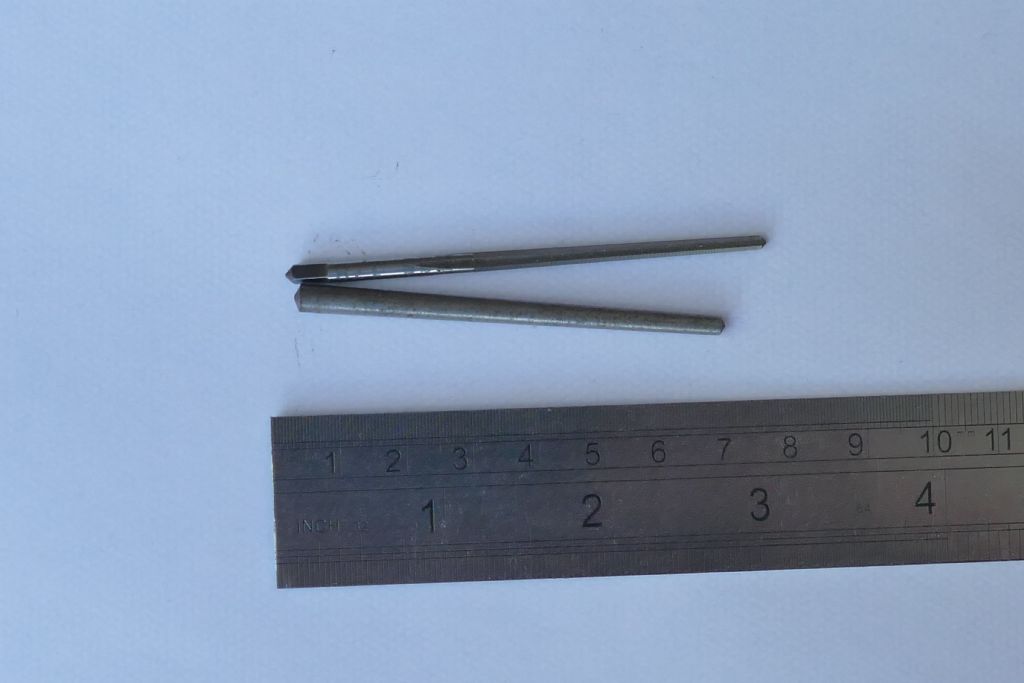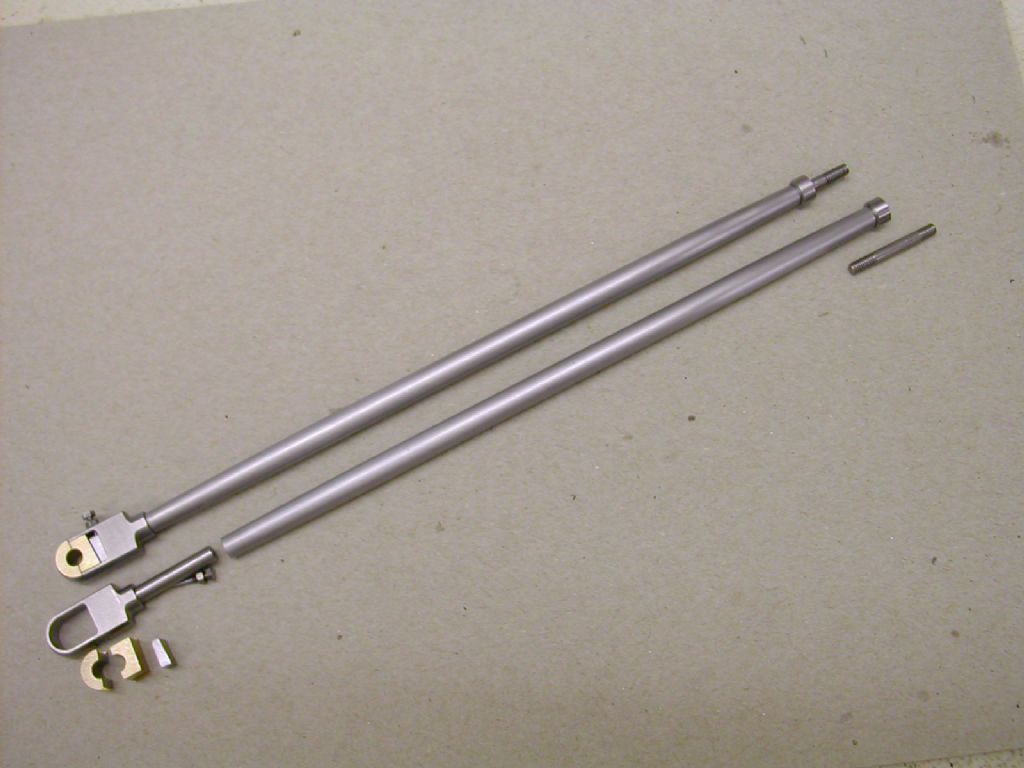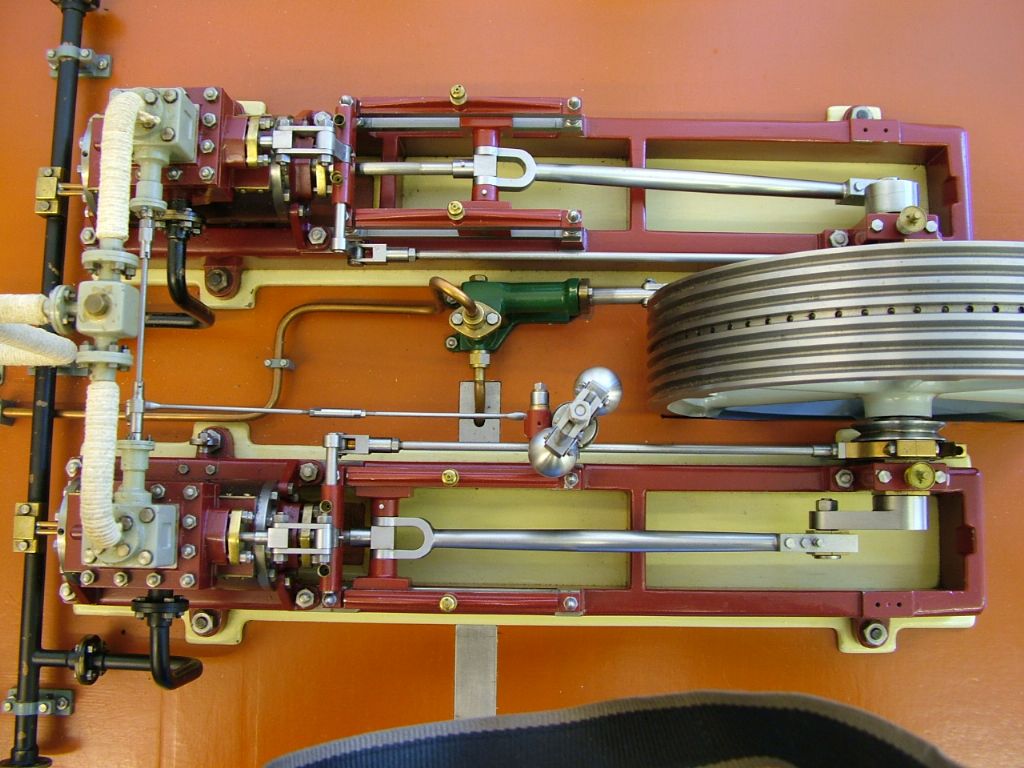Stuart Twin Victoria (Princess Royal) Mill Engine
Stuart Twin Victoria (Princess Royal) Mill Engine
- This topic has 1,285 replies, 34 voices, and was last updated 26 May 2025 at 06:48 by
 JasonB.
JasonB.
- Please log in to reply to this topic. Registering is free and easy using the links on the menu at the top of this page.
Latest Replies
Viewing 25 topics - 1 through 25 (of 25 total)
-
- Topic
- Voices
- Last Post
Viewing 25 topics - 1 through 25 (of 25 total)
Latest Issue
Newsletter Sign-up
Latest Replies
- Old plastic handled screwdrivers
- File backup to external hard drive, incremental etc?
- Readability / clarity in new combined magazine
- Bridgeport ways and wear
- Square end on round stock – Milling?
- A Persistent Scam
- Herbert B drill – a question and a curiosity…
- Pragotron Slave Clock
- Motorised Adept No. 2 Shaper
- Starrett and other tool manufacturer wood boxes











 . I’ve already got a reamer and some 5mm stainless rod. Seems par for the course for me these days to end up correcting something, so no big deal.
. I’ve already got a reamer and some 5mm stainless rod. Seems par for the course for me these days to end up correcting something, so no big deal.






